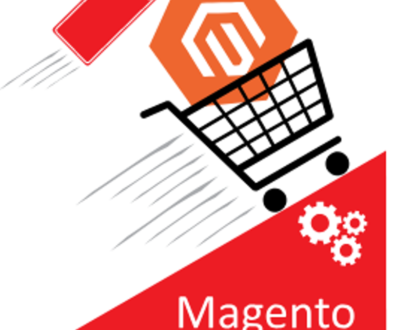Promote Your Magento Store Via Social Networks: Connecting Facebook and Twitter

Promote Your Magento Store Via Social Networks: Connecting Facebook and Twitter
Many of us actively use social network sites like Facebook and Twitter to promote our businesses. A sleek plug-in will allow your Magento store to tap in the ‘power of the people,’ which will help your products to ‘sell themselves.’
To fully support a social network is an open question. However, there are many quick improvements you can make which will take effect almost immediately.
Let’s begin with Twitter. It’s a perfect tool for your customers to follow your website. You can post updates for featured product, promotions, events and etc.
The advantage for Twitter is that it provides a very straight forward API implementation, cURL is enough to handle the communication.
In additional, Twitter is also very lenient in terms of the bandwidth. With a basic account setup, you can run 1,000 ‘Updates’ per day. The daily update limit is further broken down into smaller limits for semi-hourly intervals, and ‘Retweets’ are counted as ‘Updates’. This is usually more than enough to capture the major activities of a regular Magento store. In addition, you can also request to join the white-list, which allows 20,000 requests per hour.
On the other hand, Facebook is much more complicated.
Facebook has a very special way of organizing its APIs. Things are packaged into Facebook applications. This is quite different from the traditional Client<=>Server API structure. In fact most of the communication will start within Facebook and also end in Facebook: Facebook application->Some 3rd party utilities->Facebook application.
Personally, I’m not super happy with this setup, though I do understand Facebook’s intention to ‘Internalize’ all traffics. Well, it’s just awkward.
Luckily enough, they also offer ‘Facebook Connect‘, which works well in a traditional sense. (You still have to create a Facebook application though…)
One quick example of this is to add a Facebook comment on your Magento site, either on the home page or on the product detail page. By default the comment box will keep track of all posts on your site and also post to the ‘Wall’ of the author’s Facebook account.
To do this, we need to use the XFBML. It defined a lot of very useful tags under the Facebook name space, very sleek and handy, also very friendly to CSS makeovers. (They have done a nice job here.)
After the basic setup, you can simply add XFBML tags anywhere is the element, like:
[codesyntax lang=”xml” lines=”fancy”]
<fb:comments></fb:comments>
[/codesyntax]
One limitation for Facebook application is that many utilities require a ‘captcha’ input for anti-spamming purpose. This basically denies computer generated contents, and thus it’s not suitable for automated updates. (After all the essence of Facebook is the personal touch of each profile.)
However, for all broadcasting and automatic updates, we can rely on Twitter. These two really complement each other well.
Hope this introduction gives you some basic ideas about integrating Magento with Facebook and Twitter. I follow up with detailed implementations and examples in future posts.


